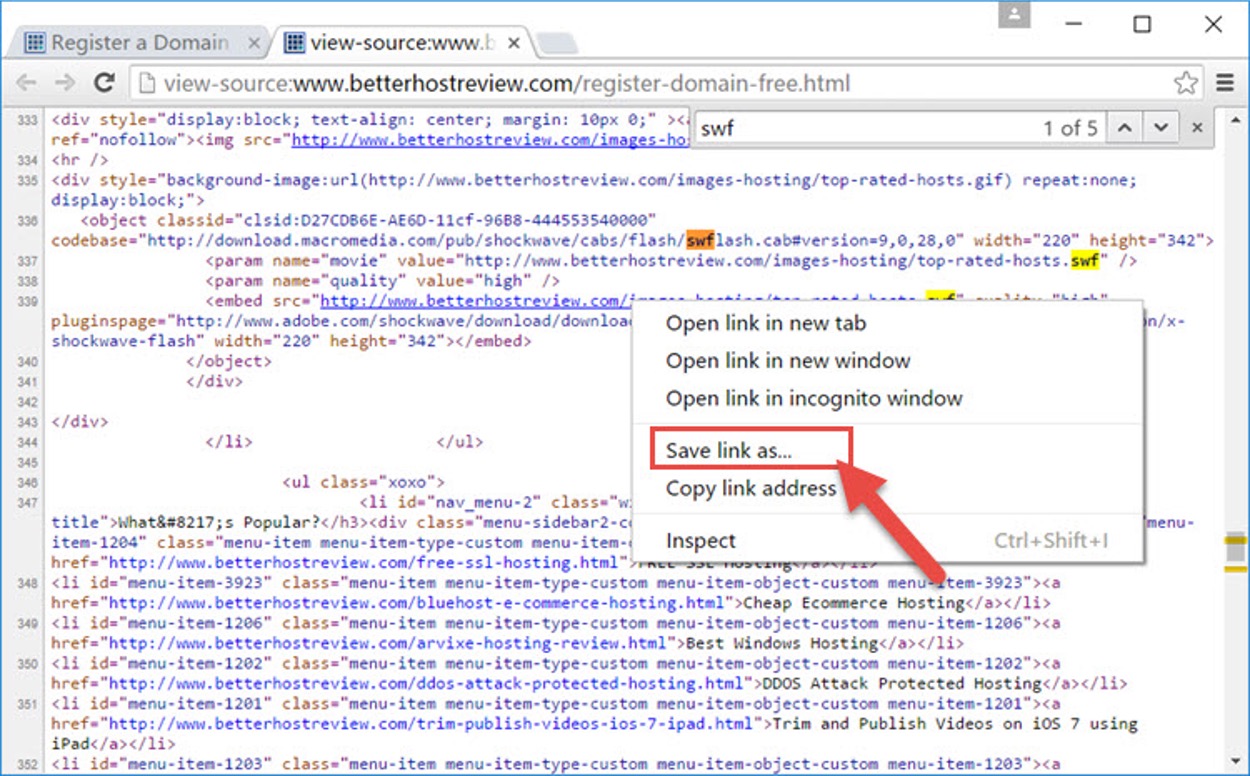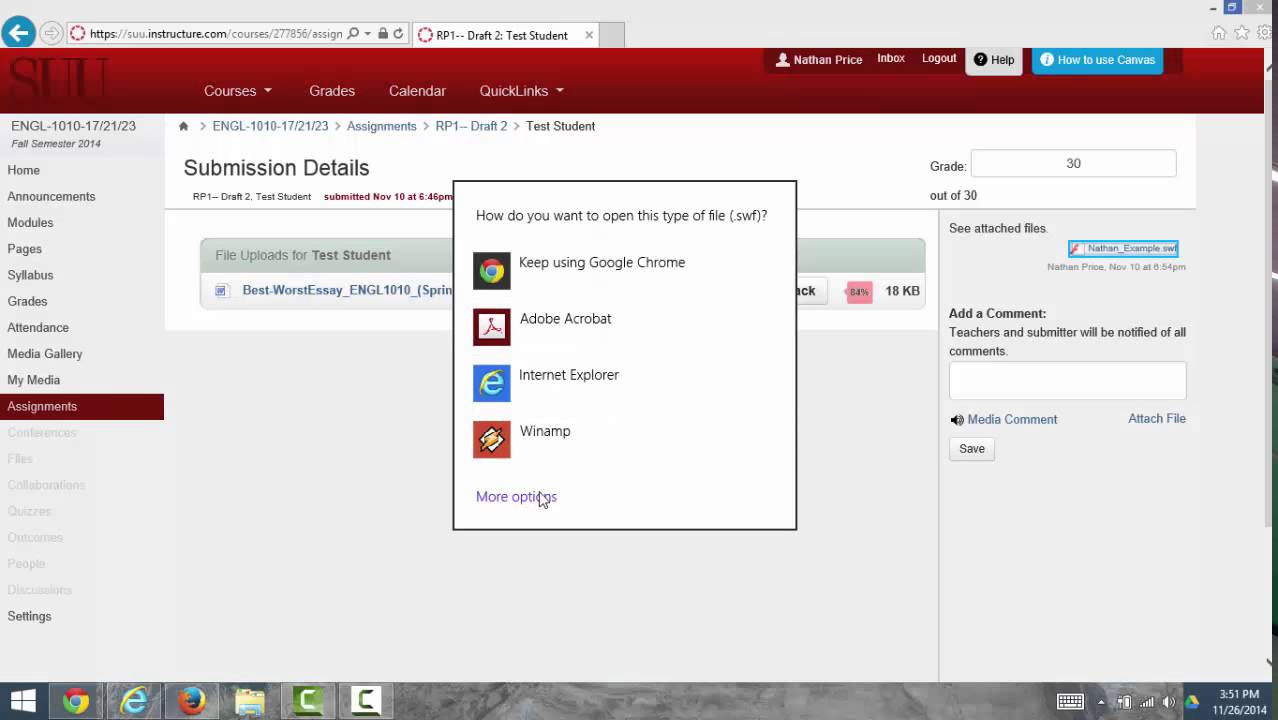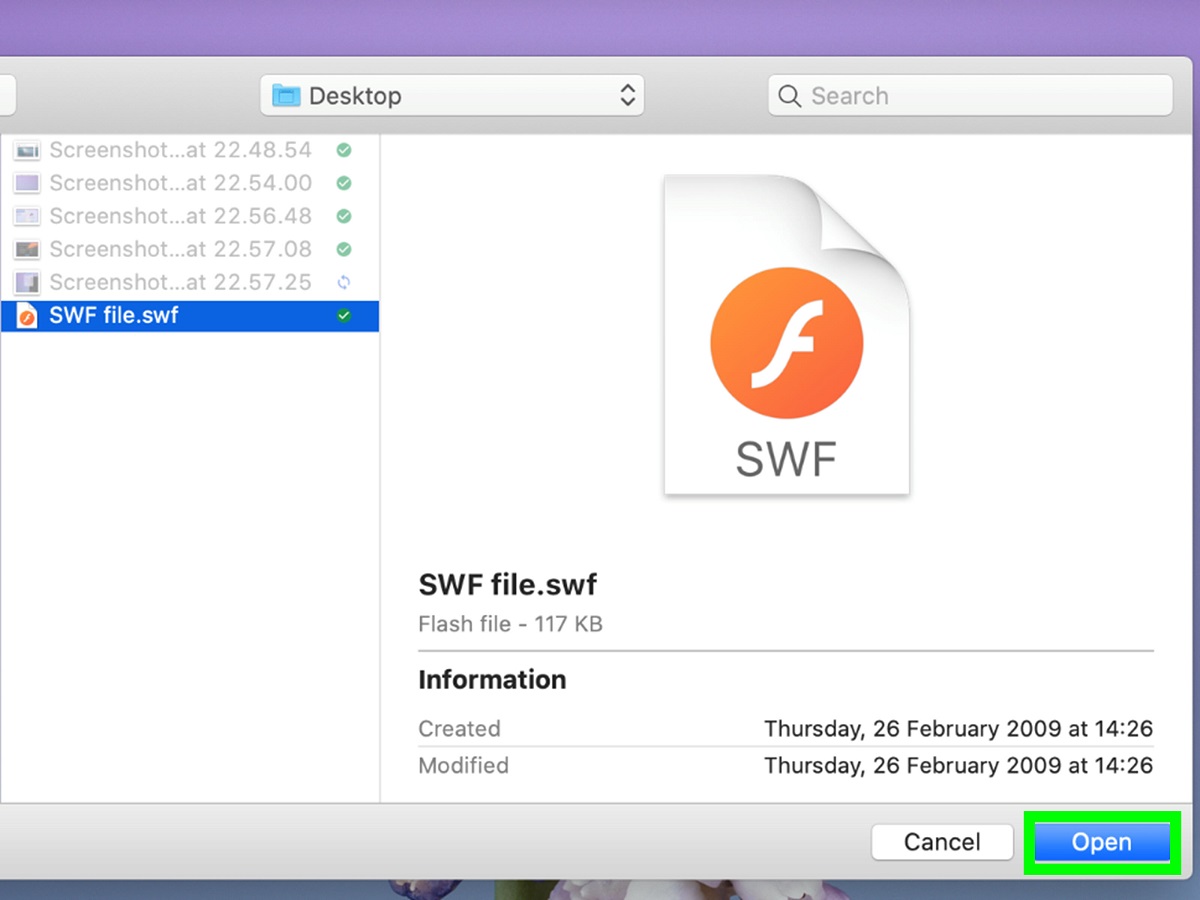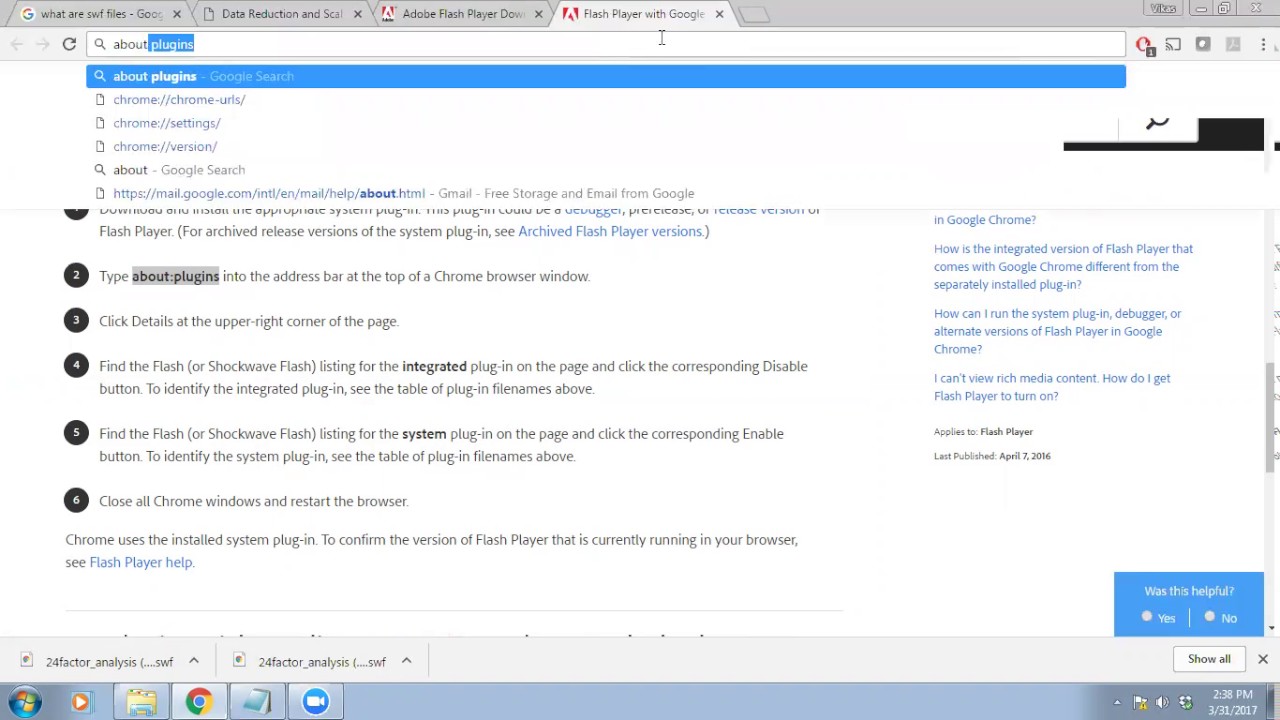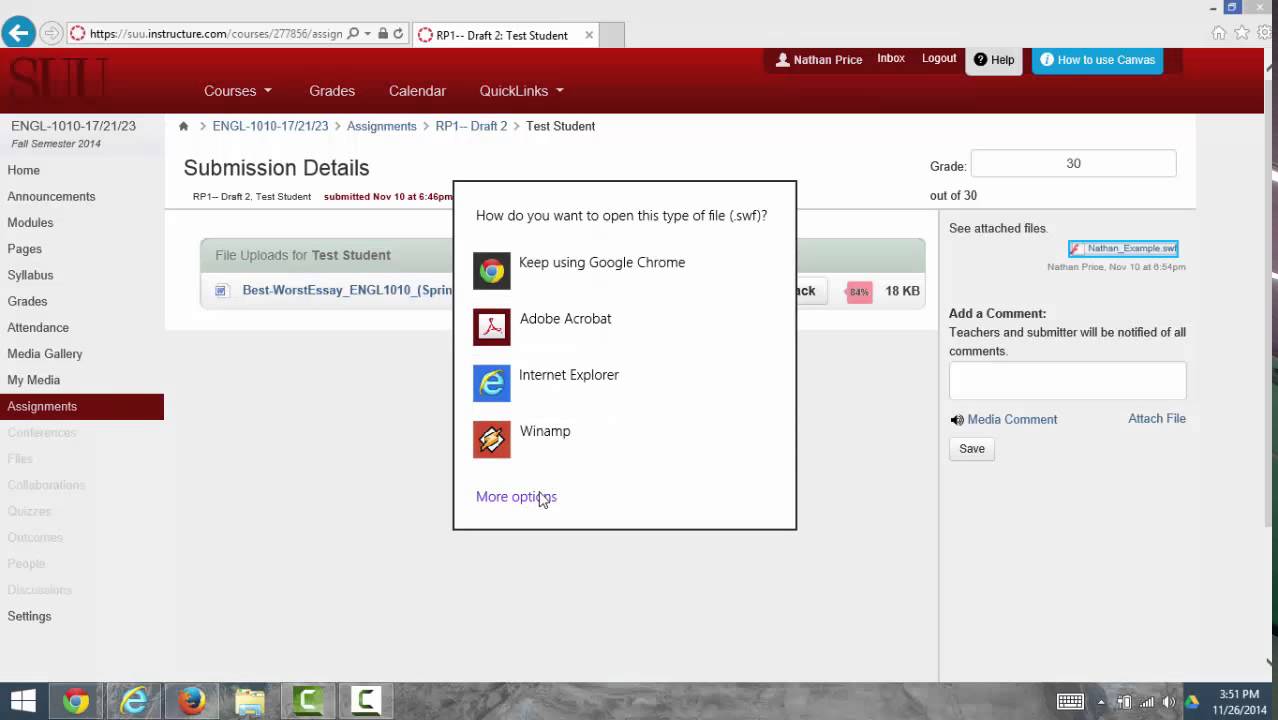Introduction
Are you a fan of interactive multimedia content on the web? If so, you've likely encountered SWF (Small Web Format) files, which are commonly used for animations, games, and other interactive content. However, you may have wondered how to save these SWF files for offline viewing or archival purposes. Fortunately, with the right tools and know-how, you can easily save SWF files in Firefox, one of the most popular web browsers.
In this guide, we'll walk you through the process of saving SWF files in Firefox, providing step-by-step instructions and valuable insights along the way. By the end of this tutorial, you'll be equipped with the knowledge and tools to effortlessly save SWF files from your favorite websites, allowing you to enjoy them offline or share them with others.
So, whether you're a casual web surfer who wants to preserve a captivating online game or a developer seeking to analyze the structure of an SWF file, this guide is for you. Let's dive in and explore the simple yet effective methods for saving SWF files in Firefox.
Step 1: Install a SWF player extension
To begin the process of saving SWF files in Firefox, you'll need to equip your browser with a specialized SWF player extension. This extension serves as a tool that enables Firefox to recognize and play SWF files directly within the browser window, providing a seamless and convenient experience for accessing and interacting with SWF content.
One popular choice for a SWF player extension is "Ruffle," which is a versatile and user-friendly option for Firefox users. Ruffle is an open-source emulator for SWF files that allows you to play and interact with Flash content without relying on the outdated Adobe Flash Player plugin. By installing Ruffle as a Firefox extension, you can ensure compatibility with a wide range of SWF files while benefiting from ongoing updates and improvements to the emulator's functionality.
To install the Ruffle extension in Firefox, follow these simple steps:
- Open your Firefox browser and navigate to the official Ruffle extension page in the Firefox Add-ons Marketplace.
- Click on the "Add to Firefox" button, which will prompt the browser to download and install the Ruffle extension.
- Once the installation is complete, you may be asked to confirm the addition of the extension to Firefox. Simply follow the on-screen instructions to finalize the installation process.
After successfully installing the Ruffle extension, you'll have a powerful SWF player at your fingertips, ready to handle a wide variety of SWF files with ease. This extension not only enables you to play SWF content directly in Firefox but also provides the foundation for the subsequent steps in saving SWF files to your computer for offline use.
By incorporating a dedicated SWF player extension like Ruffle into your Firefox browser, you'll gain the ability to seamlessly interact with SWF files while laying the groundwork for the next steps in the process of saving these files for future access and enjoyment.
With the Ruffle extension now integrated into your Firefox browser, you're well on your way to unlocking the full potential of SWF files and expanding your ability to interact with captivating multimedia content across the web. Let's move on to the next step and explore how to open SWF files in Firefox using the newly installed extension.
Step 2: Open the SWF file in Firefox
Now that you have the Ruffle extension installed in your Firefox browser, you're ready to delve into the process of opening SWF files directly within the browser. This step is crucial for seamlessly accessing and interacting with SWF content before proceeding to save the files to your computer.
To open an SWF file in Firefox using the Ruffle extension, follow these straightforward steps:
-
Navigate to a website or web page that hosts the SWF file you wish to access. Whether it's an engaging Flash game, an interactive animation, or a multimedia presentation, ensure that the SWF file is embedded or linked within the web page's content.
-
Once you've located the SWF file on the web page, simply click on the file or the designated link to initiate the playback process. With the Ruffle extension installed, Firefox will seamlessly recognize the SWF file and utilize the Ruffle emulator to render and display the content directly within the browser window.
-
As the SWF file begins to play within Firefox, take a moment to explore and interact with the content, immersing yourself in the interactive experience facilitated by the Ruffle extension. Whether it's controlling a character in a game, interacting with animated elements, or experiencing a dynamic multimedia presentation, the Ruffle emulator empowers you to engage with SWF content effortlessly.
By following these steps, you can effortlessly open SWF files in Firefox using the Ruffle extension, unlocking the ability to seamlessly access and interact with a wide range of SWF content directly within your browser. This streamlined process sets the stage for the final step in our guide: saving the SWF file to your computer for offline viewing and archival purposes.
With the Ruffle extension seamlessly integrating SWF playback capabilities into your Firefox browsing experience, you're now equipped to explore and engage with diverse SWF content across the web. As we transition to the next step, you'll discover how to save the SWF file to your computer, ensuring that you can enjoy and share the content offline at your convenience. Let's proceed to the final step and uncover the straightforward method for saving SWF files in Firefox.
Step 3: Save the SWF file to your computer
Now that you've successfully opened and interacted with the SWF file in Firefox using the Ruffle extension, it's time to save the file to your computer for offline access and archival purposes. By following the simple steps outlined below, you can ensure that your favorite SWF content is readily available, even when you're not connected to the internet.
To save the SWF file to your computer from Firefox, proceed as follows:
-
After the SWF file has been opened and is actively playing within the Firefox browser window, right-click anywhere on the displayed SWF content. This action will prompt a context menu to appear, providing you with a range of options for interacting with the SWF file.
-
Within the context menu, locate and select the "Save Page As" or "Save Frame As" option, depending on the specific context of the SWF file's presentation within the web page. By choosing this option, you'll initiate the process of saving the SWF file and its associated content to your computer's local storage.
-
Upon selecting the "Save Page As" or "Save Frame As" option, a standard file-saving dialog box will appear, allowing you to specify the destination folder and file name for the saved SWF file. Take a moment to navigate to the desired location on your computer and assign a descriptive name to the file, ensuring that it's easily recognizable and accessible in the future.
-
Once you've designated the destination and file name, proceed to click the "Save" or "OK" button within the file-saving dialog box. This action will initiate the download process, transferring the SWF file from the web page to your computer's local storage.
-
After the download is complete, navigate to the designated destination folder on your computer to verify that the SWF file has been successfully saved. You can then access the file at any time, even without an internet connection, and enjoy the interactive content using a compatible SWF player or emulator.
By following these straightforward steps, you've effectively saved the SWF file to your computer, ensuring that it's readily accessible for offline viewing and archival purposes. Whether you're preserving a captivating Flash game, an engaging animation, or a multimedia presentation, this method empowers you to retain and enjoy your favorite SWF content at your convenience.
With the SWF file now securely stored on your computer, you can relish the interactive experience it offers, share it with others, or even analyze its structure and functionality for educational or developmental purposes. This seamless process of saving SWF files in Firefox using the Ruffle extension opens up a world of possibilities for enjoying and interacting with captivating multimedia content across the web.







